Microsoft reportedly working on “CorePC” for the Windows 12 timeframe
3 min. read
Published on
Read our disclosure page to find out how can you help Windows Report sustain the editorial team. Read more
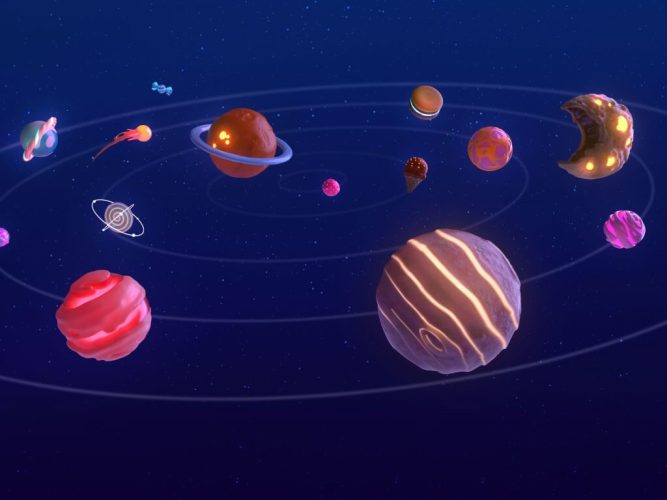
A stripped down, modular, faster and safer Windows architecture has been a goal of Microsoft for a long time. Years ago we heard about “Project Midori,” which was supposed to be a built from the ground up modular successor to Windows, and then it was Windows Core OS, which was going to start with a core set of Windows functionality, and then add to that core, for say a lightweight notebook, or a tablet, or a full on desktop computer, with different variants having different components, but all built on the same core.
Neither of those products ever saw the light of day, but word from Zac Bowden at Windows Central is that Microsoft is trying once again, this time with “CorePC:”
The project is codenamed CorePC and is designed to be a modular and customizable variant of Windows for Microsoft to leverage different form factors with. Not all Windows PCs need the full breadth of legacy Win32 app support, and CorePC will allow Microsoft to configure “editions” of Windows with varying levels of feature and app compatibility.
The big change with CorePC versus the current shipping version of Windows is that CorePC is state separated, just like Windows Core OS. State separation enables faster updates and a more secure platform via read-only partitions that are inaccessible to the user and third-party apps, just like on iPadOS or Android.
Bowden reports that a version of Windows running only Edge, web and Android apps, and Office apps, planned to compete with Chromebooks with an OS that is “60-75% smaller than Windows 11 SE” is already in internal testing, and the plan is for CorePC to become avialable in time for Windows 12, which is widely expected to launch sometime in 2024.
Of course AI will be a big part of this next version of Windows, as Microsoft has been AI-ing all the things:
Some AI features being developed include the ability for Windows to analyse content on display and provide contextual prompts to jumpstart projects or apps based on the information that’s currently being viewed. Windows may also be able to identify objects and text within images, and allow the user to easily cut out and paste those items elsewhere. Some AI features will require dedicated hardware to function.
Microsoft has been chasing the modular, lightweight core OS idea for ever, yet the desire to continue to support legacy apps and backward compatibility have always gotten in the way for a company that relies on corporate and enterprise business. From the sounds of it, Microsoft might be closer than ever to a newer more modular Windows, but we’ll have to wait and see.
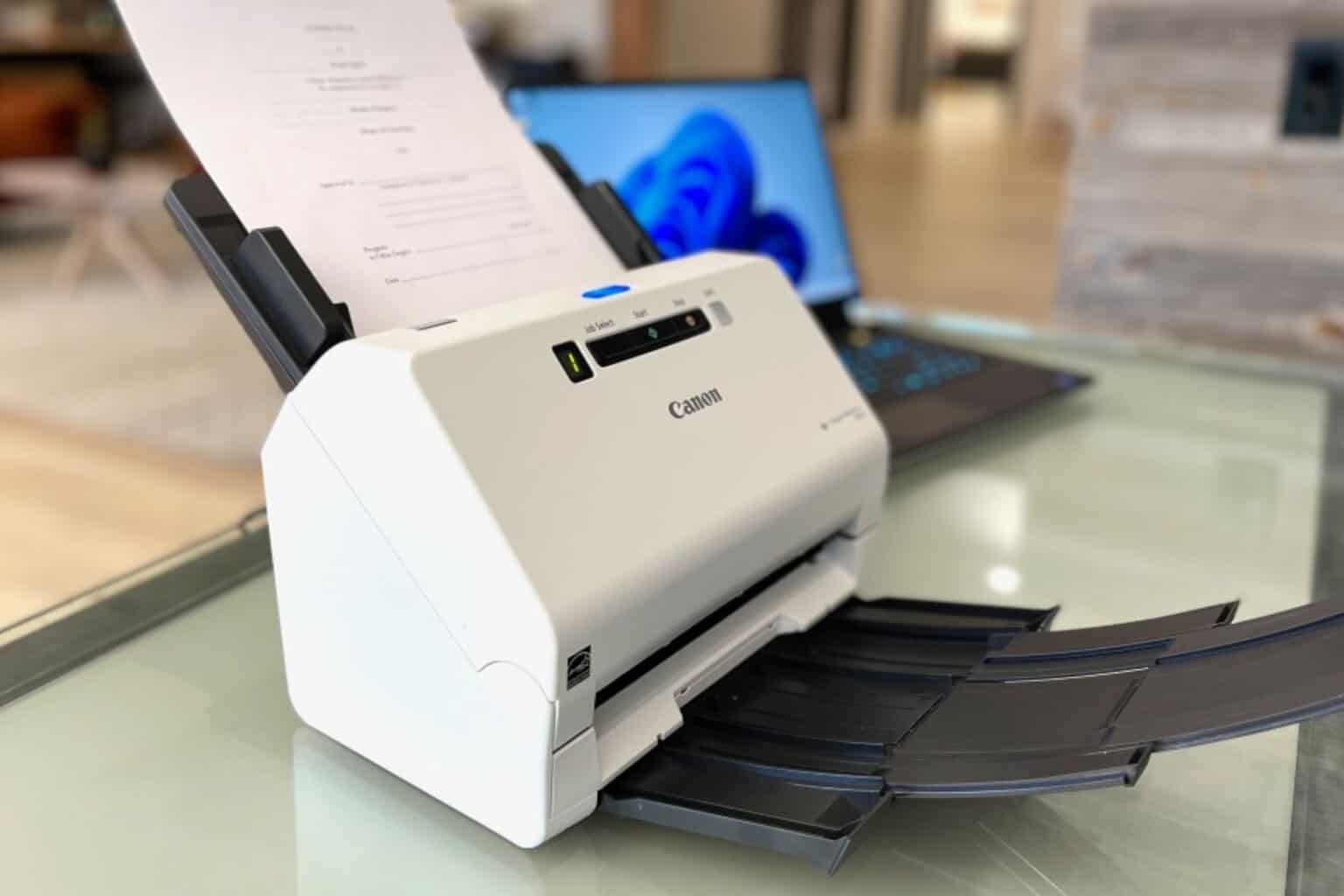

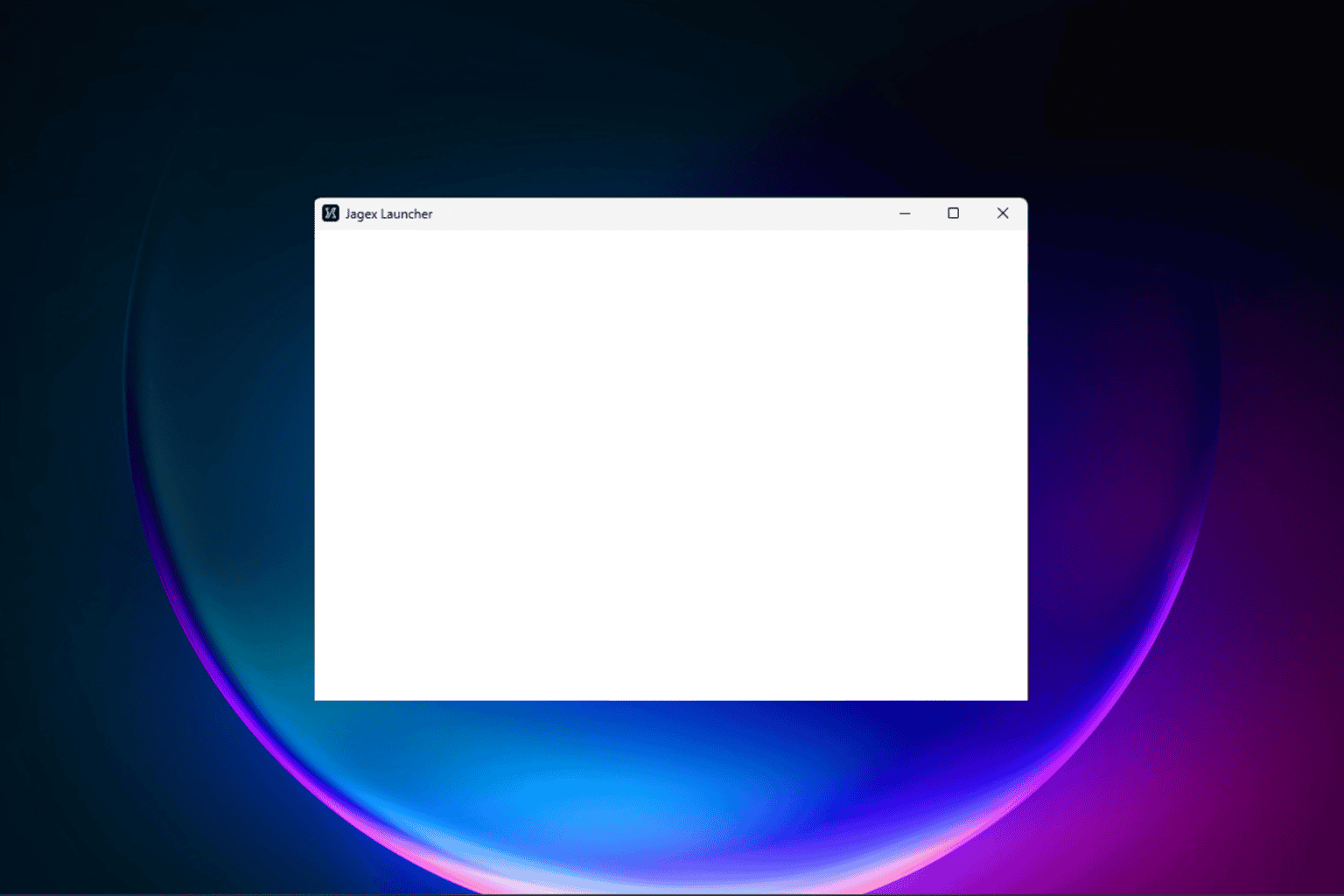
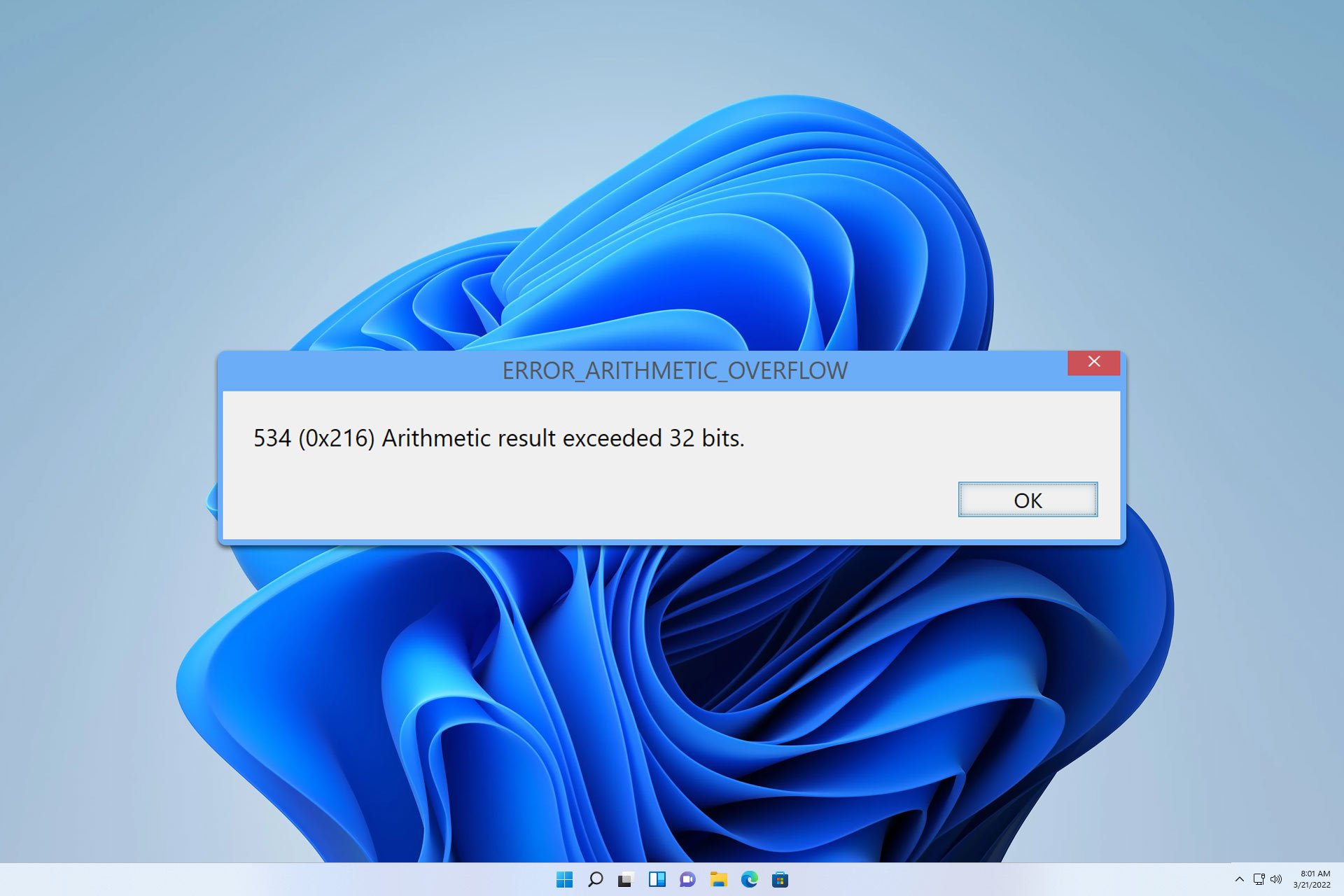

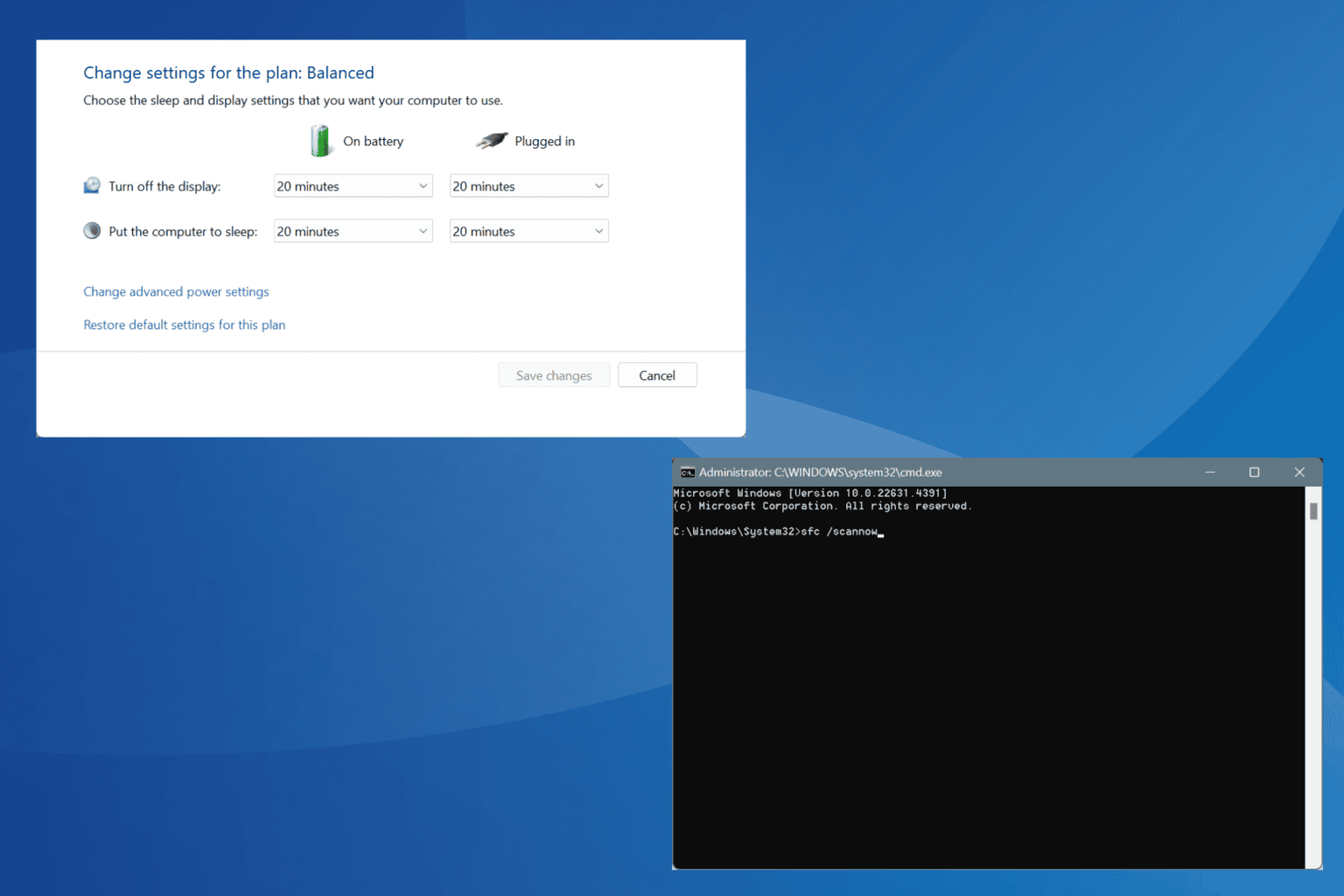
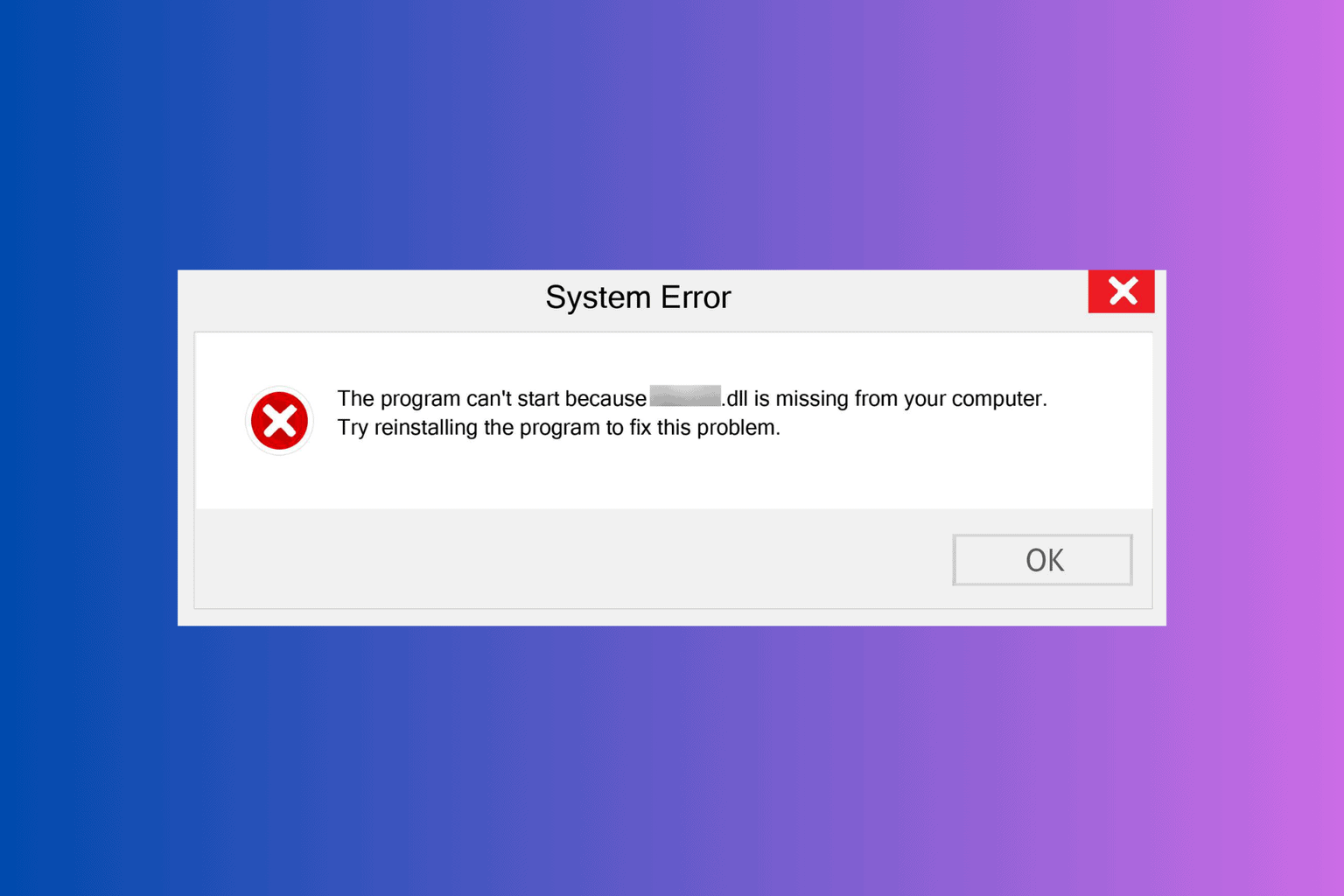

User forum
0 messages